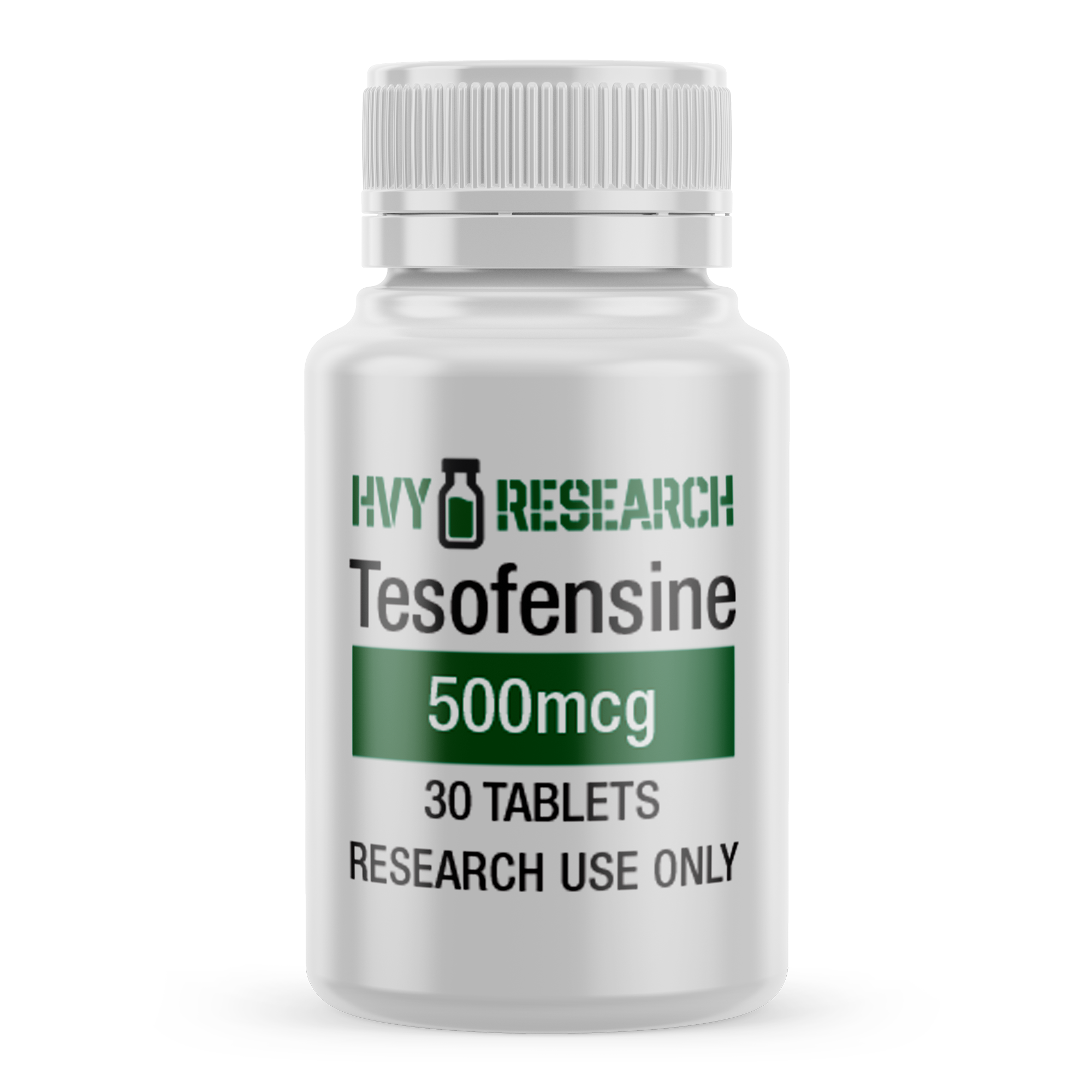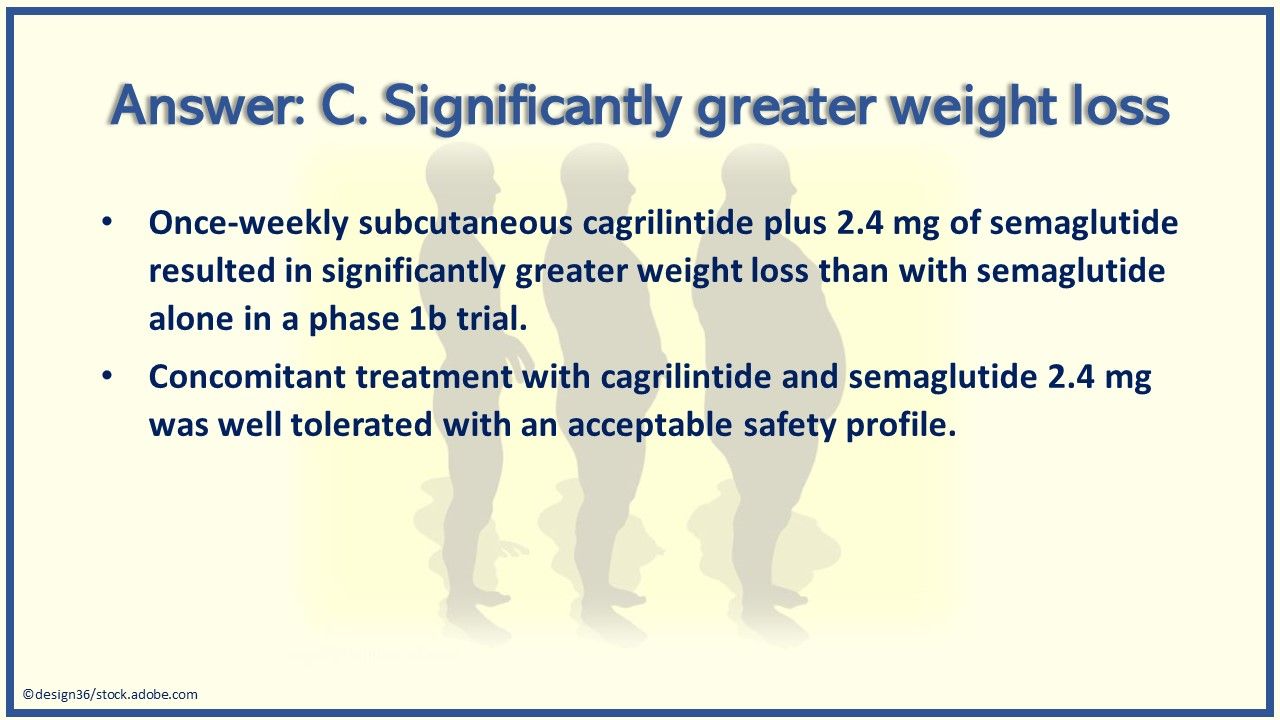
September 5, 2024
Long-lasting Effectiveness And Security Of Anti-obesity Treatment: Where Do We Stand? Present Weight Problems Reports

- Certain AOMs are additionally efficient in straight boosting glycaemic control, which supplies supplementary advantage to cardiometabolic results.
- The drug is contraindicated while pregnant and in individuals with apersonal or household history of medullary thyroid cancer cells or several endocrineneoplasia type 2.
- Dramatically decreased frequency of gastrointestinal negative occasions after cetilistat could be attributable to architectural differences in between both molecules and their interaction with fat micelles in the intestinal tract (25 ).
- In the USA and Europe, orlistat, naltrexone/bupropion, liraglutide 3 mg and, most lately, semaglutide 2.4 mg are registered and promoted.
- All subjects, consisting of thosewho did not experience fat burning, were continued the medicine which would not havebeen done in normal method.
Glp-1r/ Gcgr Agonists
Prior to this (given that 2010), liraglutide was used as a subcutaneous shot for therapy of T2D in day-to-day doses of as much as 1.8 mg, demonstrating a reduced incidence of significant adverse cardio events compared with ideal standard of care in the LEADER trial76. The most typical complaints in clients treated with subcutaneous liraglutide 1.8 mg are intestinal adverse effects including queasiness, diarrhoea, vomiting and constipation77. The much more recently FDA-approved semaglutide at a dose of 2.4 mg reduces imply body weight to ~ 15% after 68 weeks of treatment (relative to ~ 2.4% in placebo controls) 38. The medicine is usually well tolerated although the regular GLP1-related damaging results (primarily queasiness, diarrhoea, vomiting and irregularity) still prevail38. Tesofensine 0.5 mg/day and 1 mg/day taken orally created a weight loss of 9.2% and 10.6% specifically in 24 weeks. The most typical damaging events resulting from tesofensine treatment were of gastrointestinal beginnings and were mainly reported in the 1 mg group.What is the good drug for obesity?
Semaglutide (Wegovy, Novo Nordisk) is '' showed as a complement to a reduced- calorie diet plan and enhanced physical activity for weight administration, including weight-loss and weight maintenance, in grownups with a preliminary Body Mass Index (BMI) of & #x 2265; 30 kg/m2 (excessive weight), or & #x 2265; 27 kg/m2 to << 30 kg/m2 (overweight) in the presence of ...

Conversation Of Clinical Research Studies And Study Sustaining Tesofensine's Duty In Weight Loss And Obesity Management
The main difference in between Midlothian's clinical fat burning program and various other programs is that it's physician-supervised. Our all natural fat burning and maintenance approach includes a correct diet, regular exercise, and behavior modification. Another research study found that tesofensine can improve energy by increasing dopamine and norepinephrine levels, which manage motivation, energy, interest, and drive. Tesofensine Peptide is categorized as a pre-synaptic reuptake prevention of dopamine, serotonin, and noradrenaline. As an outcome of its modulating result on dopamine (additionally called the "happy hormone") in a particular section of the brain, tesofensine appears to influence food consumption-induced satisfaction. Midlothian deals a medical weight management program that has actually helped thousands of individuals lose weight. These consist of behavioral tasks, DeepLabCut videotaped evaluation, electrophysiological set recordings, optogenetic activation, and chemogenetic silencing of GABAergic neurons in the Lateral Hypothalamus (LH). We found that tesofensine generates a better weight-loss in obese rats than lean rats, while differentially regulating the neuronal sets and populace activity in LH. In Vgat-ChR2 and Vgat-IRES-cre transgenic mice, we discovered for the first time that tesofensine inhibited a part of LH GABAergic nerve cells, decreasing their ability to promote feeding behavior, and chemogenetically silencing them enhanced tesofensine's food-suppressing impacts. Although naltrexone/bupropion may increase blood pressure and need to as a result not be used in individuals with unrestrained high blood pressure, no adverse signal for raised cardio occasions was located in the interim evaluation of a cardiovascular outcome trial75. Tesofensine is plainly the most effective solitary representative for weight problems treatmentto this factor, but concerns concerning its effect on high blood pressure and pulse price mayrequire integrating it with a beta-1 adrenergic blocking agent. Will it https://us-southeast-1.linodeobjects.com/pharma-industry/pharma4562a/product-packaging/medical-care-totally-free-full-text-medicinal-assistance-for-the-treatment-of.html be feasible toachieve also higher long-term effectiveness from centrally acting pharmacotherapies witha reduction in adverse effects? An obesity therapy technique with potential is thecombination of centrally acting and peripherally acting pharmacotherapies toincrease effectiveness. With a medicine that acts upon a peripheral target, there is noactivity of downstream pathways entailing various other physical systems just like drugsthat act high in the CNS. Surprisingly, the research kept in mind that tesofensine helps stop the weight rebound that typically happens after first weight loss-- a common issue in excessive weight treatments. This searching for recommends that tesofensine could assist preserve long-lasting weight reduction more effectively than current medicines. It not just influences individual wellness however likewise includes a considerable burden to healthcare systems.2 Glucagon-like Peptide 1 + Glucose-dependent Insulin-tropic Peptide Receptor Agonists
Nevertheless, long-acting (acyl) GIPR agonists decrease body weight in overweight wild-type and GLP1R ko mice184,185 and GIP impacts body weight through signalling using the GIPR in the CNS. In line with this notion, GIPR is revealed in nerve cells of the hypothalamus and the hindbrain186,187 and DREADD-mediated activation of hypothalamic GIPR cells lowers food intake186. Constant with this, single main management of a fatty acyl-GIP lowers body weight and food intake in DIO mice and rises cFOS neuronal activity in the hypothalamus185. When peripherally provided, fatty acyl-GIP decreases body weight and food intake in obese wild-type and GLP1R knockout mice, but reveals blunted weight loss in CNS GIPR-deficient mice185. In recap, long-acting GIPR agonists have been revealed to reduce body weight and to enhance glucose handling in a series of preclinical studies184,185 and a long-acting GIPR agonist is in stage I professional trials for the therapy of T2D (Table 2) (see Associated links). The central nervous system responds to a reductions of hunger and food consumption by lowering energy expenditure which is counteractive to causing fat burning. The dosage limiting negative impacts of tesofensine commonly observed inclinical tests were elevations in blood pressure and pulse rate. Postulatingthat the increase in blood pressure was due to adrenergic stimulation, a studywas conducted on tesofensine-treated rats, and acute increases in blood pressureand heart price were observed. This increase in high blood pressure and pulse rate wasreversed by a beta-1-adrenergic blocking drug without affecting thereduction in food intake. An angiotensin blocker did not influence the reduction infood intake, yet just partially obstructed the boost in blood pressure and pulserate recommending that tesofensine might boost understanding activity [124] Such a tri-agonist has actually revealed great guarantee in pet screening and advanced to medical studies210,211. The presence of both GLP1 and GIP parts within the same molecule is reported to better decrease the threat of glucagon-mediated hyperglycaemia, and thus allow extra aggressive application to accomplish extra weight decrease. Although best recognized for its ability to reduced blood glucose, insulin was the very first hormonal agent demonstrated to increase symmetrical to body fat and to decrease food consumption via main nerves (CNS) mechanisms276,303,304. Amylin is co-secreted with insulin from the pancreatic β-cells and decreases homeostatic food consumption using signalling with the AP242,305,306,307,308. Amylin additionally affects hedonic consuming behaviour using signalling through the mesolimbic dopamine system in the forward tegmental location and the center accumbens (NAcc) 233,309.Social Links